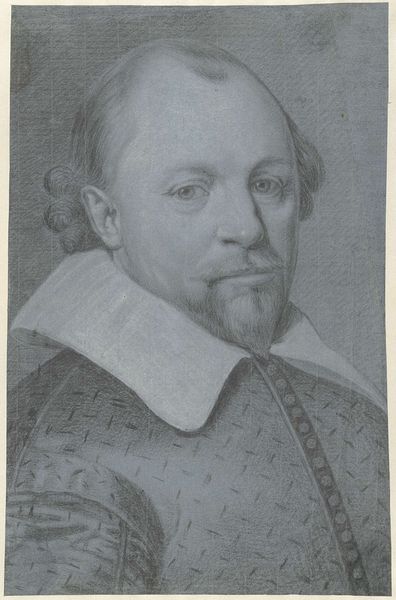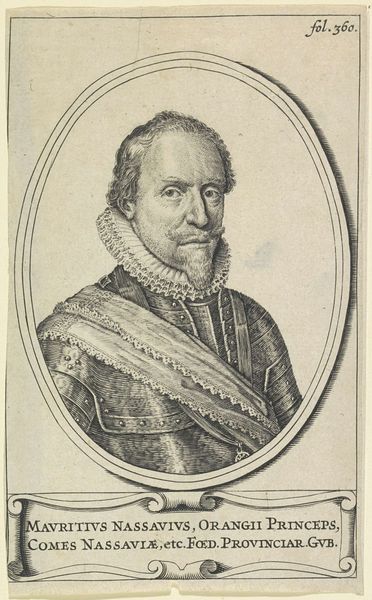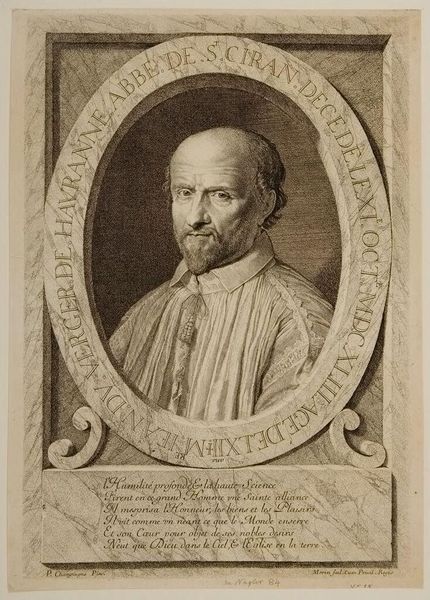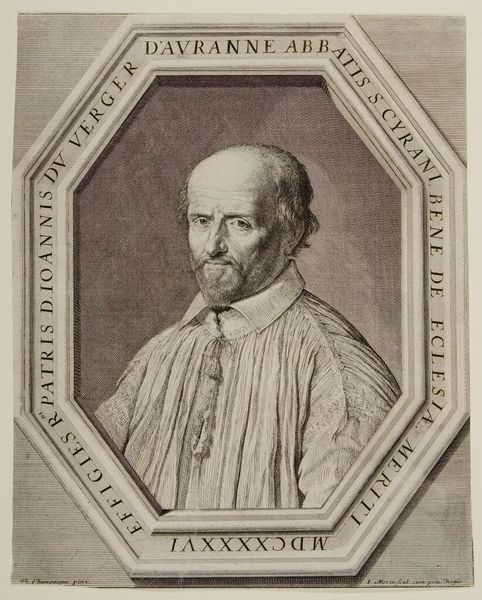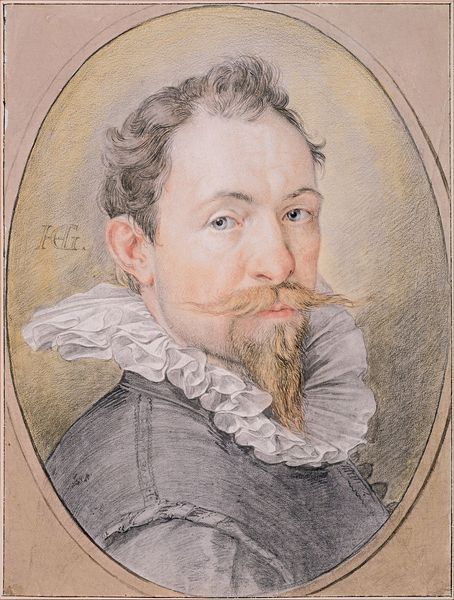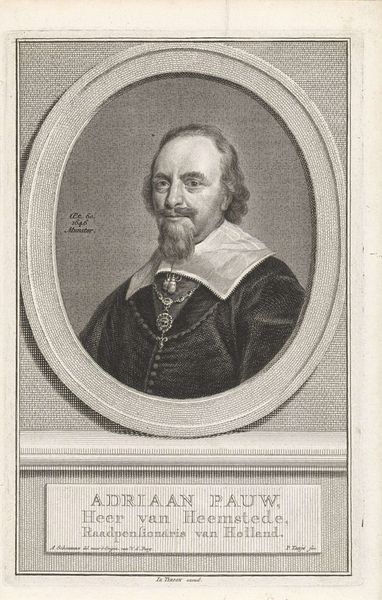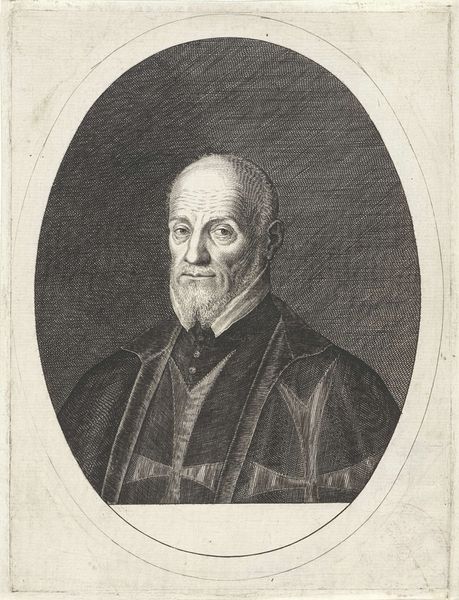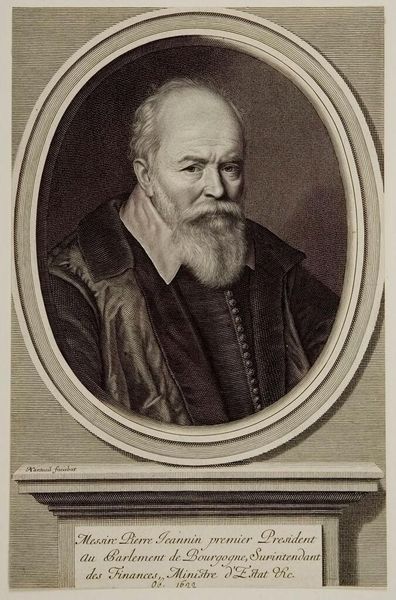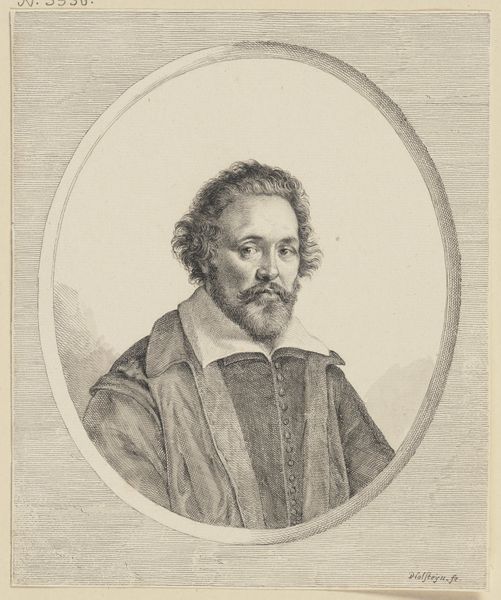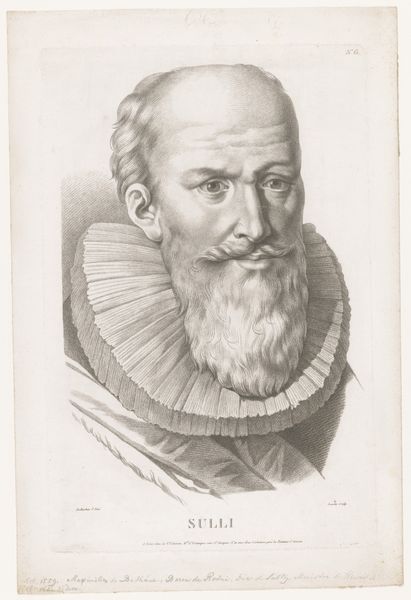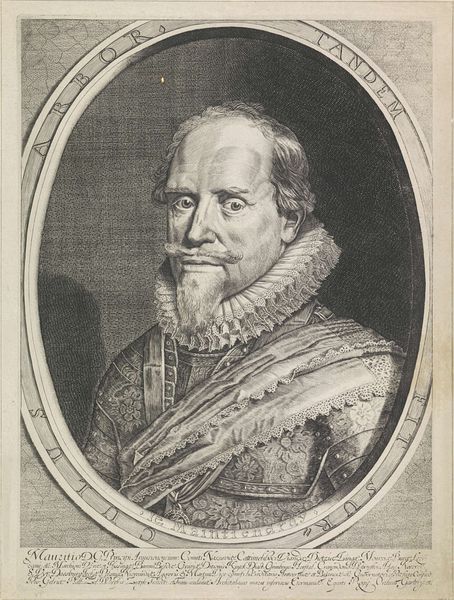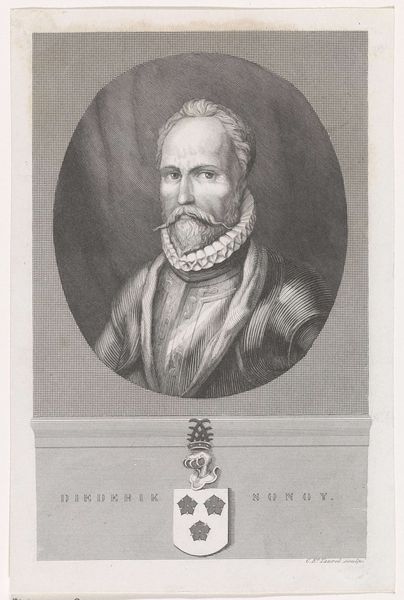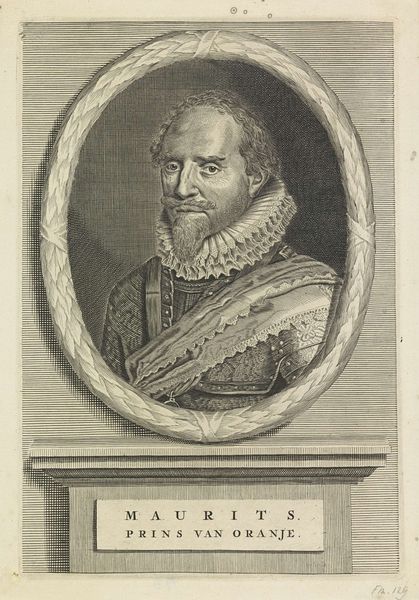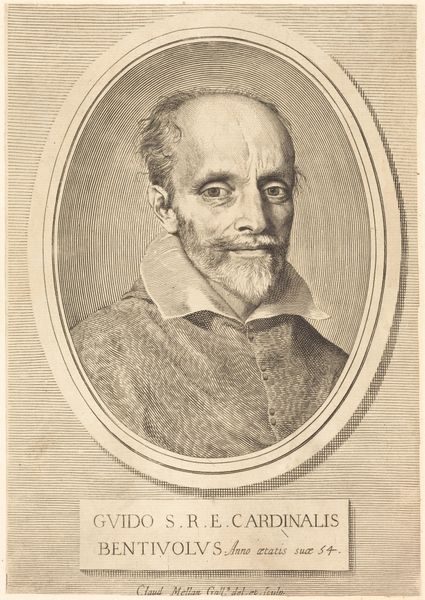
print, etching, engraving
#
portrait
#
baroque
# print
#
etching
#
charcoal drawing
#
historical photography
#
portrait drawing
#
history-painting
#
engraving
Dimensions: height 277 mm, width 179 mm
Copyright: Rijks Museum: Open Domain
Editor: Here we have Georg Martin Preissler’s "Portret van kunstenaar Peter Paul Rubens," made between 1752 and 1762. It's a print, an engraving. The details are striking for this medium. How do you interpret this work, especially thinking about its production? Curator: I see this engraving as a document of the evolving social status of the artist and the means by which that image was disseminated. It's not just a portrait; it’s a commentary on artistic labor. Consider the shift from unique painting to reproducible print – a democratizing of art but also a new form of artistic production in itself. How do the materials themselves, the etching and engraving tools, shape our understanding of Rubens' legacy here? Editor: That's interesting! It feels less like a precious object, and more… accessible, even though Rubens himself was anything but accessible. Does the shift to printmaking change how we view him or his work? Curator: Precisely! This isn't about individual genius in the same way a painted portrait is. It highlights the skilled labor of the engraver, Preissler. We have to think about the economics of printmaking – who was commissioning these portraits, who was buying them, and how did it contribute to building an artistic brand, so to speak? How does this commercialization of his image impact his legacy? Editor: So, it’s not just about immortalizing Rubens, but also about creating and distributing a certain *idea* of Rubens? Curator: Exactly. It brings questions around commodification and accessibility into play. By looking closely at the process and distribution, we unveil a network of economic and social relations, which gives context to this “portrait”. It's less about *who* Rubens was, but more about *what* he represents in this specific material form. Editor: That's a totally different perspective than I had considered. Looking at art this way really changes the focus. Curator: Agreed. It is the fusion of labor, the materiality of printmaking, and consumption practices that are what makes this portrait so intriguing.
Comments
No comments
Be the first to comment and join the conversation on the ultimate creative platform.
